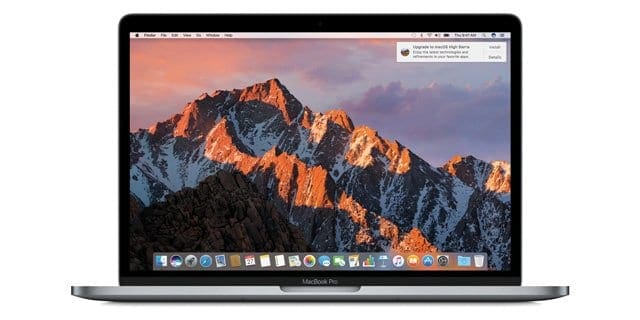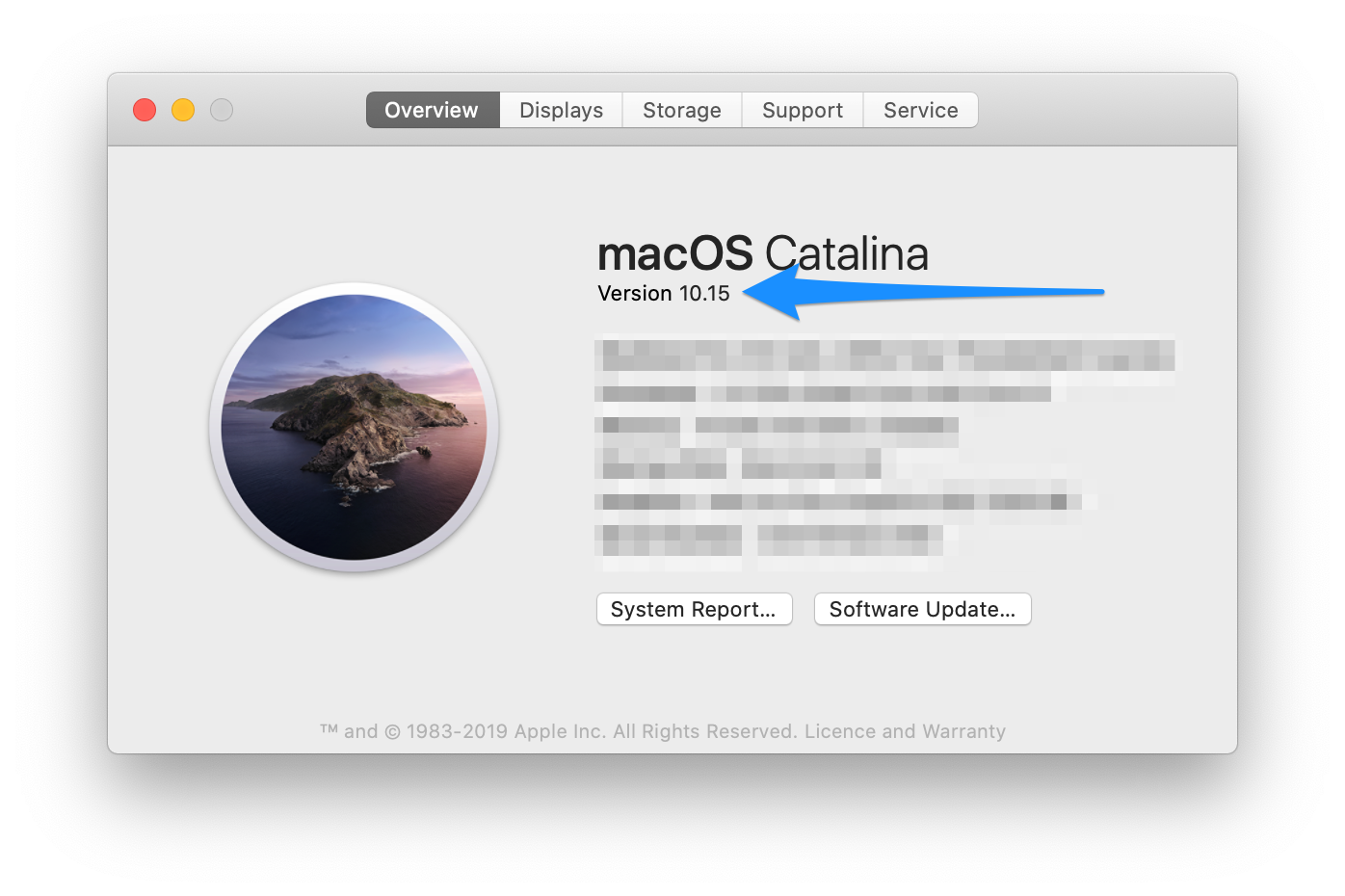- What Is The Newest Version Of Mac Os X
- Current Macos Version
- What Is The Latest Version Of Mac
- Newest Version Of Mac Os X
- Install Newest Version Of Mac Os X
- Newest Version Of Mac Os Release Date
- Newest Version Of Mac Os
- Version 1.5.1 is available for Mac OS X on 64 bit, 32 bit and PPC machines. Prolific PL-2303 cables - official drivers for the genuine Prolific cables ¶ FYI: your cable, if using Prolific chipset, is more likely to be using a counterfeit chip than an original.
- Amazon.com: Apple Mac Mini A1347 MC270LL/A Desktop, 2.4 GHz Intel Core 2 Duo, 320GB Hard Drive (Mid 2010): Computers & Accessories.
The Beginners Guide has general help. Click here for the Beginners Guide
If you need Mac-specific help, you are at the right page.
Previous installers for OSX can be found here: download.gimp.org. An easy way to compile and install GIMP and other great Free software on your Mac is by using Macports. The installer allows you to choose from a large directory of packages. To install gimp using Macports, you simply do sudo port install gimp once you have Macports.
Join the Mailing list & search the archives for similar problem reports & how they were resolved, and/or ask the group. Please include enough info about the problem and situation so the community will be able to help you.
Not all functionality is supported on all radios. See Model Support
As of MacOS 10.9, signed packages are required by default. Apple charges for this capability, and requires use of their tooling to do it. For the time being, MacOS users may need to disable signed package checking for CHIRP. Instructions provided by Jim, K2SON:
- Locate the app in Finder.
- Right click (control-click if you don't have a 2 button mouse) on the app and click Open.
- You will get a dialog box about it being an unsigned app, click the Open button.
- Enter an Administrator userid and password.
- The app will now be flagged to allow it to be opened normally in the future.
Alternately, you can disable them for your entire system, although this has security implications that should not be ignored. Instructions for this provided by Tom, KD7LXL:
- Open your System Preferences
- Go to Security & Privacy, General tab.
- Click the lock
- Then choose Allow apps downloaded from: Anywhere.
As of 10.12 (Sierra) the UI for disabling app security was removed. The functionality is still there, but must be enabled from the command line.
To whitelist a single application (like an unzipped chirp-daily.app):- unzip chirp.zip
- control click on the unzipped application and select New Terminal at Folder. (Don't see that menu item? Instructions to enable it)
- run this command in the newly opened terminal window:

Alternately, you can disable them for your entire system, although this has security implications that should not be ignored. Run this command in a terminal:

references: single commandglobal
Unfortunately, Apple has made significant changes in 10.15 which cause major issues for independent software developers. CHIRP is significantly impacted and the future is unclear.
At the very least, Catalina users should use the 'unified' build of the app provided on the download page, which uses the system's 64-bit python runtime. Also note that there are significant limitations on what files unsigned applications can access which makes it very difficult to open, save, find, and otherwise organize image and CSV files with chirp. Please see issue #7147 for the current information about workarounds.
USB to serial cables are not merely wire, they contain small computer circuits at one end of the cable that respond as a USB device and convert the data to serial. These cables are not all the same, so the computer needs a software 'driver' so it can recognize the cable and speak to it correctly. You will need to install one of these 5 below.
FTDI cables¶
Note that with Mac OSX 10.9 'Mavericks', Apple provides their own driver for FTDI chipset. You may need to remove the OEM FTDI driver and use only the Apple FTDI driver, or you may need to disable the Apple FTDI driver and install the OEM FTDI drivers. YMMV.
What Is The Newest Version Of Mac Os X
http://www.ftdichip.com/Drivers/VCP.htm
Version 1.5.1 is available for Mac OS X on 64 bit, 32 bit and PPC machines.

Prolific PL-2303 cables - official drivers for the genuine Prolific cables¶
FYI: your cable, if using Prolific chipset, is more likely to be using a counterfeit chip than an original.

http://www.prolific.com.tw/US/CustomerLogin.aspx
Login as guest/ guest & look in the Support section. Specified to work with Mac OSX 10.6, 10.7, & 10.8.
Generic PL-2303 cables (counterfeit and/or “Generic”) If you aren't sure what kind of inexpensive cable you have, try this one first.¶
For Lion (10.7.x), Mountain Lion (10.8.x), and Mavericks (10.9.x):¶
You can try this one, which install open source pl2303 driver and remove any other driver versions:
http://1drv.ms/Nl68Ru At this web page you may need to right-click or control-click to link to get it to download. After downloading, you may need to control-right click, then open in order to bypass Mac Gatekeeper.
For earlier versions of Mac OS X up to 10.5 Leopard. Also some reports of success with Snow Leopard, Lion:¶
RTSystems cables¶
for OSX 10.9.x (aka Mavericks):¶
see RTSystemsCablesAndMavericks
for OSX < 10.9.x:¶
https://www.rtsystemsinc.com/kb_results.asp?ID=9
http://www.rtsystems.us/downloads/MacDrivers/RTSystemUSBSerialDrivers.pkg.mpkg.zip
Silicon Labs CP210x USB to UART Bridge VCP Drivers (including Kenwood TH-D72)¶
- http://www.silabs.com/products/mcu/Pages/USBtoUARTBridgeVCPDrivers.aspx
Macintosh OSX driver for the Intel and PowerPC Platforms versions 10.4, 10.5, 10.6, 10.7, 10.8, and 10.9.

WinChipHead CH340 series chipset¶
The WinChipHead CH340 series chipset is not compatible with the Prolific 2303 drivers. This chipset will report a Product ID of 0x7523 and a Vendor ID of 0x1a86. A signed driver compatible with Yosemite is available from http://blog.sengotta.net/signed-mac-os-driver-for-winchiphead-ch340-serial-bridge/ as the driver offered on the manufacturer's website (in Chinese) is not signed and requires allowing unsigned kernel extensions, which is a significant security risk on OS X.
Current Macos Version
- In many cases you need to connect the cable to the radio first, then power the radio on, while holding down some buttons. The exact procedure varies by radio.
- Some radios need to be put into a 'clone' mode to transfer to PC, some radios may need to be configured to use the mic/speaker jacks for PC transfer instead of for the speaker/mic. The exact procedure varies by radio.
- You will need to download from the radio to CHIRP first, before uploading anything to the radio. CHIRP creates a template from the radio download so it knows how to talk to the radio.
- If you want to download from one radio and upload those settings to another radio, first download from each radio to a separate “tab” of CHIRP. Then copy/paste from one tab to the other & upload back to the same radio that produced that tab. Do not try to upload to a radio directly from a tab that was not downloaded from that same radio.
- Many USB to serial cables include a counterfeit Prolific chip. This can cause connection problems because the official Prolific driver will ignore the counterfeit chip. Some people have reported success by using an older version of the Prolific driver, or a 3rd party driver.
- If you are using multiple USB cables, each will create a different “virtual port”, meaning that you will need to select the correct virtual port for your radio when connecting to your radio. CHIRP will give you this opportunity each time you download from the radio.
- If CHIRP won’t launch & won't run, you may have neglected to install the Python runtime. CHIRP needs that. Even though Mac OS X includes Python built-in, the runtime has to be installed is because it includes PyGTK and some other libraries that Chirp requires, in addition to Python itself: http://www.d-rats.com/download/OSX_Runtime/
- If your radio is not 'Supported', you can try downloading the newest Daily Build to see if support was recently added.
What Is The Latest Version Of Mac
You can verify that the drivers are installed & working by connecting the USB cable to your Mac, then running “System Profiler”, or “System Information” (found in /Applications/Utilities ). When the USB cable is connected and drivers correctly installed, the cable will show up in the USB section of the System Profiler.
Another way to see that the driver is correctly installed is to open Terminal and type:
It will return a list of virtual serial ports including something similar to:
Newest Version Of Mac Os X
You may also type:
Install Newest Version Of Mac Os X
That will return a long list of kexts, including something similar to this at the bottom (most recently installed are listed last):
Newest Version Of Mac Os Release Date
Look at the CHIRP log for clues.
Newest Version Of Mac Os
Join the Mailing list & search the archives for similar problem reports & how they were resolved, and/or ask the group. Please include enough info about the problem and situation so the community will be able to help you.
